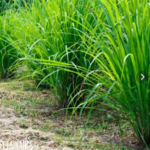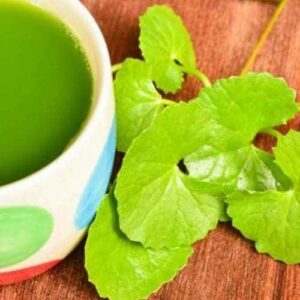Lemon grass, also known as Cymbopogon citratus, is a tropical plant native to regions in Asia, particularly Southeast Asia, where it has been utilized for centuries for its culinary, medicinal, and aromatic properties. This perennial grass belongs to the Poaceae family and thrives in warm, humid climates, growing in clusters with tall, slender green stalks and tufted leaves.
One of the most prominent features of lemongrass is its distinct citrusy aroma and flavor, which comes from the essential oils present in its leaves and stalks, particularly citral. This aromatic quality makes lemongrass a popular ingredient in various cuisines, especially in Thai, Vietnamese, and Indonesian dishes, where it adds a refreshing and tangy note to soups, curries, stir-fries, and teas.
Beyond its culinary uses, lemongrass boasts several health benefits, thanks to its rich array of antioxidants, vitamins, and minerals. Traditionally, it has been used in herbal medicine to alleviate digestive issues, reduce inflammation, relieve anxiety, and promote relaxation. The essential oils extracted from lemongrass are also utilized in aromatherapy for their mood-lifting and stress-relieving properties.
Cultivating lemongrass is relatively simple, requiring well-drained soil, ample sunlight, and regular watering. It can be grown in gardens, pots, or even indoors, making it accessible to home gardeners and enthusiasts alike. Propagation is commonly done through division, where mature clumps of lemongrass are separated and replanted.
Harvesting lemongrass involves cutting the stalks close to the ground, usually when they reach a height of about one meter. The outer layers of the stalks are tough and fibrous, while the inner core is tender and flavorful. To use lemongrass in cooking, the tough outer layers are typically removed, and the tender core is chopped or pounded to release its aromatic oils.
Overall, lemongrass is a versatile and aromatic herb with a wide range of culinary, medicinal, and aromatic applications. Its refreshing citrus flavor, coupled with its numerous health benefits, has solidified its place in cuisines and cultures around the world. Whether enjoyed in a zesty curry, a soothing tea, or an invigorating aromatherapy session, lemongrass continues to captivate with its unique charm and versatility.







K .Dilli rani –
Overall plants are good
Roseleena –
Good
Veeresh meesava –
Good
Saranya –
💕
Saranya –
Good
Geethika Vijay –
Hi